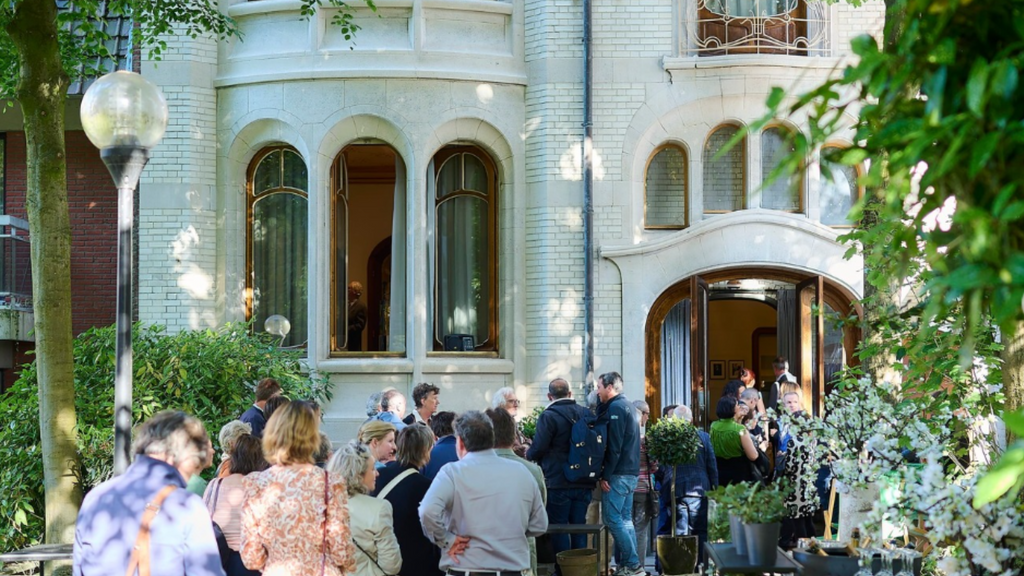The Maison Hannon Art Nouveau museum will be funding part of the restoration of its winter gardens through the sale of non-fungible tokens (NFTs).
"It is an opportunity to associate this new expression of contemporary art and the digital world with the past, specifically the heritage of the building," museum curator Grégory Van Aelbroeck told The Brussels Times. "Clearly NFTs are a direction for the future of art. Everybody is living on a screen all the time and I don't understand why that has to exclude artwork."
The digital artwork will be created by the Spanish artist Maria Corte from Barcelona, another Art Nouveau capital. The project comes in the context of the Year of Art Nouveau in Brussels; this celebrates 130 years since the completion of the Tassel House – Brussel's founding example of Art Nouveau.

Tassel House, designed by Victor Horta in 1893. Credit: Wikimedia Commons
Maison Hannon
Maison Hannon was built between 1902 and 1904 by Marie and Édouard Hannon and the architect Jules Brunfaut, who drew inspiration from the Tassel house, among other buildings created in the Art Nouveau style. It was "conceived as a closed, dreamlike, and symbolist universe" as well as a "synthesis of Marie's taste for botany and Édouard's taste for poetry, antiquity and technology."
By 1979, however, the building had become dilapidated and was ultimately acquired by the commune of Saint-Gilles. After several restoration campaigns, the Maison Hannon non-profit organisation was created and the building was transformed into a museum to continue the necessary renovations.
Related News
- Hidden Belgium: One of the most beautiful Art Nouveau buildings in the country
- NFTs seized by police for the first time ever in Belgium
- NFTintin? Digital copies of 'The Blue Lotus' to be sold for 94th birthday of comic hero
To finance the restoration of Maison Hannon's winter gardens, Van Aelbroeck partnered with illustrator Maria Corte and Brussels digital art platform Artts to create an exclusive digital collection of her artwork through blockchain technology.
In simple terms, non-fungible tokens are digital assets (for example, any sort of digital artwork such as videos, photographs, animations, etc.) with a unique digital signature that prevents the asset from being reproduced, making it non-fungible.
The technology mimics physical property ownership in the real world, supposedly giving creators greater control over their digital creations. This allows people to invest in digital artwork as they would in physical art they see in a gallery.
These specific digital artworks are short animations of Maria Corte's illustrations and will be on sale from 9 October at €200 each. The rest of the restoration cost will be financed by the Brussels-Capital Region.

